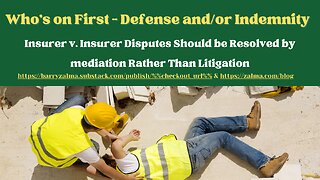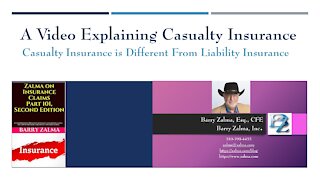A Video Explaining the Evidence Needed to Prove Fraud
Direct Evidence
Direct evidence is proof that tends to show existence of a fact in question without the intervention of the proof of any fact. It includes testimony that tends to prove or disprove a fact in issue directly, such as eye-witness testimony or a confession.
Sometimes, direct evidence may not exist because records have been destroyed in a fire, destroyed by water, stolen, discarded, or eaten by vermin.
If direct evidence does not exist for any reason, circumstantial evidence must be produced to prove the fraud.
As important as direct evidence is to the proof of fraud or attempted fraud, but, as courts have noted in the past, it can be difficult to obtain direct evidence of something so internal as intent to commit fraud. [United States v. Washington, 715 F.3d 975, 980 (6th Cir. 2013)]. Jurors are therefore free to consider circumstantial evidence and draw reasonable inferences from it. In United States v. Hawkins (6th Cir., 2019) circumstantial evidence was sufficient to allow a jury to convict.
Circumstantial Evidence
Circumstantial evidence is all evidence of an indirect nature when the existence of the principal fact is deduced from evidentiary facts by a process of probability reasoning. The investigator takes circumstantial evidence and uses deductive reasoning to reach a conclusion. Circumstantial evidence and the deductions of a professional investigator are often more reliable than direct evidence like eye-witness testimony. Circumstantial evidence is sufficient to establish proof of arson and other criminal activities. [Hoosier Insurance Company, Inc. v. Mangino, 419 N.E. 2d 978, 986 (Ind. App. 1981)].
-
 10:17
10:17
Barry Zalma, Inc. on Insurance Law
3 months agoWho's on First - Defense and/or Indemnity
88 -
 16:42
16:42
Barry Zalma, Inc. on Insurance Law
3 years agoA Video Explaining Casualty Insurance
68 -
 16:33
16:33
Barry Zalma, Inc. on Insurance Law
3 years agoA Video Explaining the Unethical Insured
15 -
 16:17
16:17
Barry Zalma, Inc. on Insurance Law
3 years agoA Video Explaining the Concurrent Cause Doctrine
38 -
 15:24
15:24
Barry Zalma, Inc. on Insurance Law
3 years agoA Video Explaining the Claims Made CGL
51 -
 17:29
17:29
Barry Zalma, Inc. on Insurance Law
3 years agoA Video Explaining the Nature of Insurance Underwriting
33 -
 15:19
15:19
Barry Zalma, Inc. on Insurance Law
3 years agoA Video Explaining the Need for Construction Experts
40 -
 2:37
2:37
KIVI
3 years agoExplaining to kids why a mask is needed
15 -
 13:28
13:28
Barry Zalma, Inc. on Insurance Law
3 years agoA Video Explaining How a Claims Person Should Select Counsel
15 -
 20:42
20:42
Barry Zalma, Inc. on Insurance Law
3 years agoA Video Explaining the Duties of the Public Insurance Adjuster
52